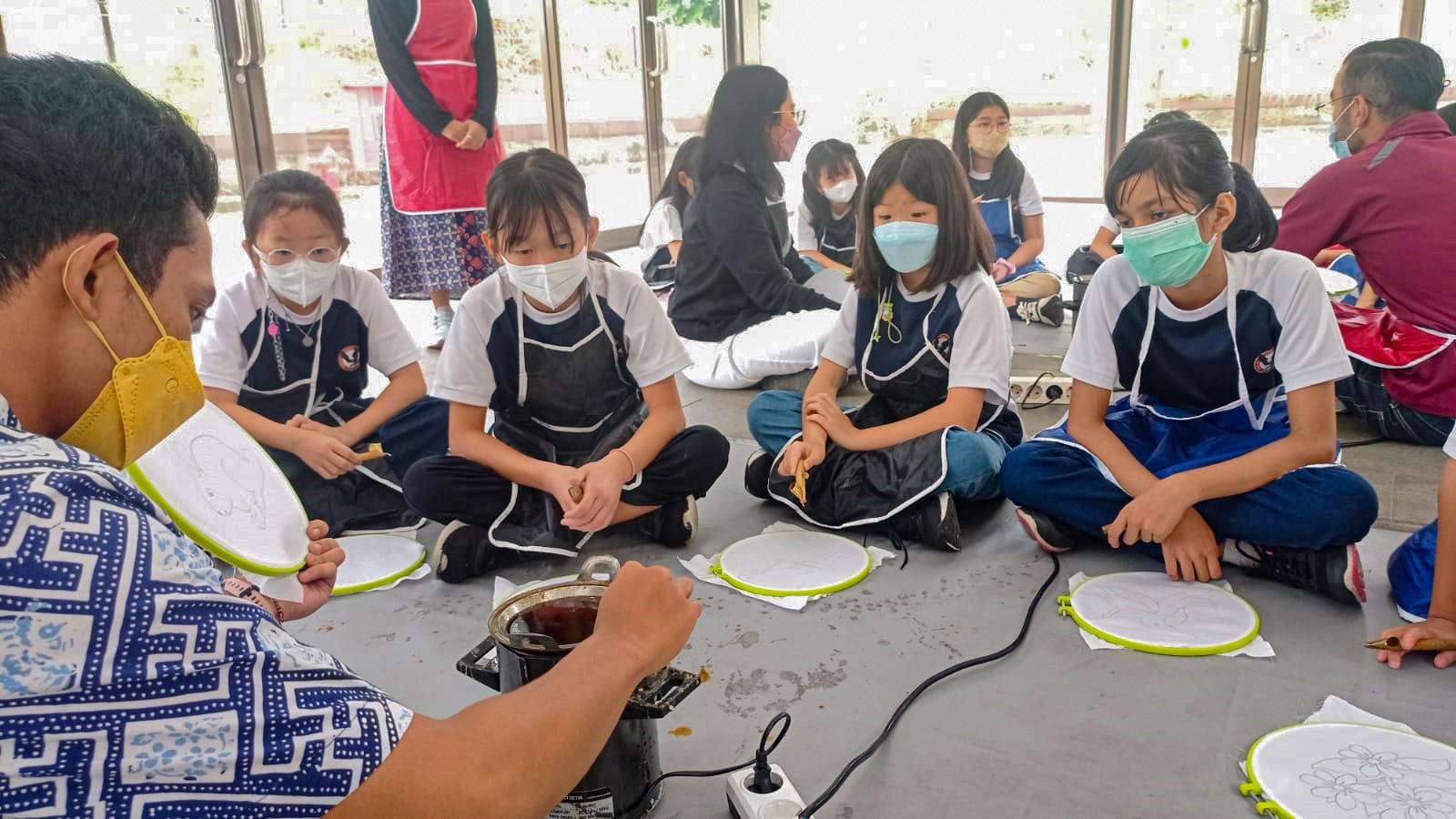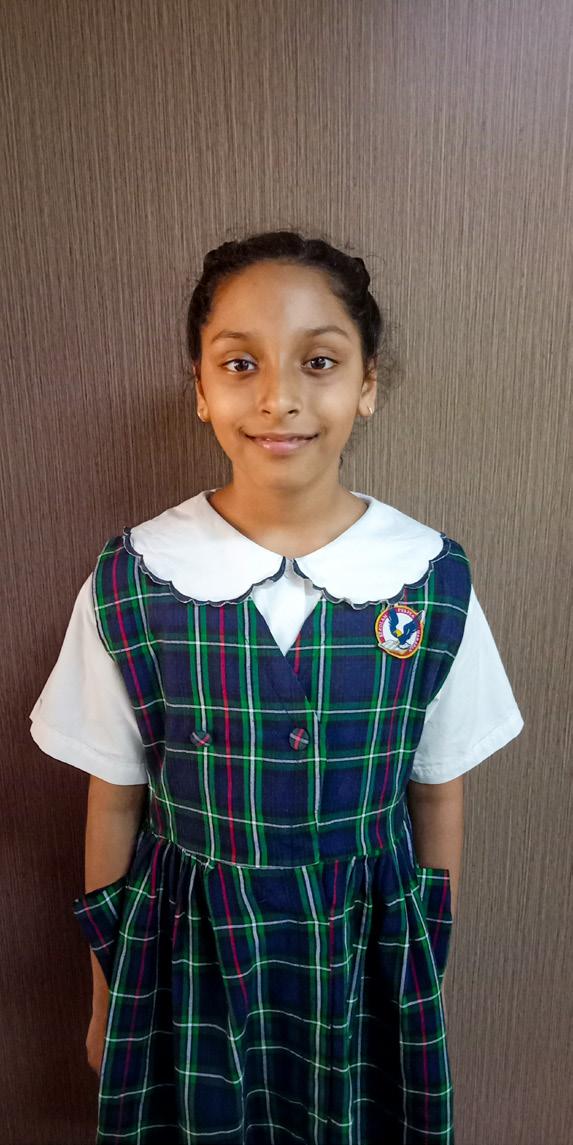
5 minute read
Grade 4
Maintaining Cultural Diversity
by Ibu Irene Tjandramihardja
Advertisement
“How We Express Ourselves” was an exciting unit as we explored how people communicate culture and diversity through art. The Fourth graders learned different properties that were used in different forms of art. They also discovered that people designed artistic expressions to fulfil a purpose. Moreover, our students learned that it is important to maintain traditional art forms. They have realized that many art forms are dying out as young people are more interested in digital entertainment and global trends.
Our students had the opportunity to listen to several guest speakers who shared their traditional art forms from different countries: Mrs. Shoko, Ms. Lina Kim, and Bapak Michael Hutagalung. We also visited the Batik Museum in Taman Mini Indonesia Indah. Our students were amazed at the different kinds of batik patterns in the museum. After viewing the batik collections at the Batik Museum, the students learned how to make batik using canting and hot wax.
Having listened to the invited guest speakers and the field trip, our students were inspired to suggest some possible ways they could participate in preserving their traditional arts. Hopefully, their actions can create ripples of awareness to invigorate the traditional arts while we celebrate the beauty of the diverse cultures and the creativity God has given us. What an incredible journey of learning!
Comments from the students

Chelsey – Field trip to Batik Museum
I saw different kinds of batik patterns and materials, as well as the tools people use to make the batik, such as the cantings and stamps. I had the experience of making batik using some hot wax. It was difficult to make batik using a canting because the hot wax kept dripping on the cloth. If you make a mistake, the cloth will surely look bad. Now, I really appreciate people who make batik using a canting.

Edwardo – Field trip to Batik Museum
When I arrived at the museum, the tour guide helped the students and teachers see the batik collections. There were a lot of batik patterns from different provinces in Indonesia. The variety of batik patterns and colors amazed me and made me realize that Indonesian culture is rich. The building was not big, but the museum was nice and unique. I also made my own batik with some hot wax and a canting. It was hard to master how to make batik. What a wonderful journey to learn more about batik!

Gahyun
In the “How We Express Ourselves” unit, I made a brochure about Hanboks (Korean traditional costumes). I chose to learn more about Hanboks because not many young Korean people like to wear Hanboks these days. In my opinion, it is important for Koreans to love these beautiful and unique traditional costumes. I suggest that young Korean people are encouraged to wear Hanboks. We can design the Hanboks using modern patterns so that young people would like to wear them.

Anaya
The “How We Express Ourselves” unit is an interesting unit because we had to learn about different cultures from different places. Another fun thing about this unit was that we had to choose a specific traditional art form and research it for our summative assignment. My summative project was about batik. I chose batik because I thought it was an interesting topic. Batik has different colors, patterns, and different meanings of the patterns. Nowadays, teenagers like wearing fashionable and trendy clothes rather than wearing batik. That’s why it is important to preserve batik. We need to maintain this art form alive as part of the Indonesian culture.

Kiara
I really liked this “How We Express Ourselves” unit as I got to learn about different cultures and their art forms. The fact that I had to make my own brochure was really exciting. My summative project was about “Rangoli”. “Rangoli” is a form of decorative arts that is drawn on the floors or the entrances of Indian homes. “Rangoli” is made of a mixture of materials, such as rice flour, sand, beans, or flower petals. As I belong to the young generation, I would like to preserve this art form as part of the Indian culture. I would keep practicing how to make “Rangoli” so that I can pass it on to my children in the future.

Weston
There were a lot of interesting things that I learned in this unit, but one of the most interesting was getting to know more about different cultures, traditional artifacts, musical instruments, and how to preserve them. For my summative, I decided to talk about “Gendang” because it is an important Indonesian musical instrument that many young people may not realize. The young generation may think that “Gendang” is old-fashioned or not too trendy. One reason why it is important to preserve “Gendang” is because “Gendang” is used to signal the beginning, transitions, and the end of a gamelan orchestra. Without the sounds of “Gendang”, the gamelan orchestra will sound incomplete. My idea to preserve “Gendang” is to make our Junior School Gamelan Orchestra performances more often so that the students can be inspired to play “Gendang”.















